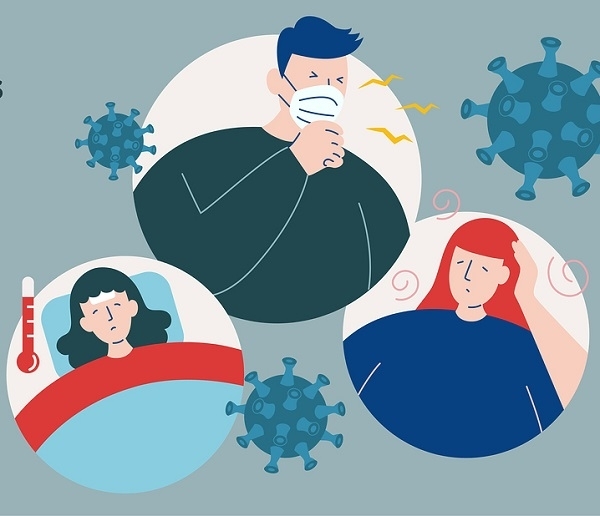COVID-19, low fatality rates but extremely high transmission rates.

Pneumonia of unknown cause has emerged in Wuhan, Hubei Province, China last December. After all, this turned out to be a new strain of coronavirus (COVID-19) similar to the causative coronavirus of SARS and MERS, which is coloring the world with fear. However, COVID-19 is different than SARS and MERS. With help from the experts, here are the similarities and differences between the three infectious diseases.
■Similarities and Differences
First, coronaviruses cause SARS (severe acute respiratory syndrome), MERS (Middle East respiratory syndrome), and COVID-19.
Coronavirus is a type of cold viruses that commonly appears among humans and animals. But the problem is that both coronavirus and new coronavirus can mutate at any moment. As revealed by researchers, COVID-19 is very similar to coronavirus from bats like SARS (bats→civets) and MERS (bats→camels).
Moreover, these three diseases infect through the respiratory system, and the main symptoms are fever, cough, muscle pain, and difficulty in breathing (incubation period varies, SARS: 2~10 days, COVID-19: 1~14 days). There is no vaccine, and that allopathic medicine (treatment to improve symptoms) is the only alternative.
But Korea Centers for Disease Control and Prevention analyzed that COVID-19 clearly shows a difference between SARS and MERS. It has a lower fatality rate than MERS but has a much higher transmission speed.
“Infectious diseases are generally unable to transmit during the incubation period except for measles and influenza, which are infectious even before symptoms appear,” Kim Woo Joo, a doctor at the Department of Infectious Diseases, Korea University Guro Hospital explained, “In this case, COVID-19 is identified as an asymptomatic infection, which has infectivity even when there are no symptoms.”
■Predicted End Point of COVID-19
At first, experts forecasted a slowdown of COVID-19 when warm weather (March and April) approaches. However, according to various research results on coronavirus, it cannot be regarded as such.
According to a study published in the International Journal of Virology by a research team at the University of Hong Kong, SARS has shown a sharp decline in its viability in hot environments (survives more than five days in 22-25℃ and 40-50% humidity → survival rate plummets at 38℃ and 95% humidity levels).
On the other hand, according to a study published in the International Journal of Infection and Public Health by U.S. and Saudi Arabian researchers, high temperatures and high ultraviolet rays increase the risk of developing MERS while low relative humidity and slow wind lower the risk of developing MERS.
As reported by the World Health Organization (WHO), SARS first appeared in China near the end of December 2002 and ceased in July 2013. In 2012, MERS emerged in the Middle East and spread around the world, including Korea (May 2015) until December of the following year.


